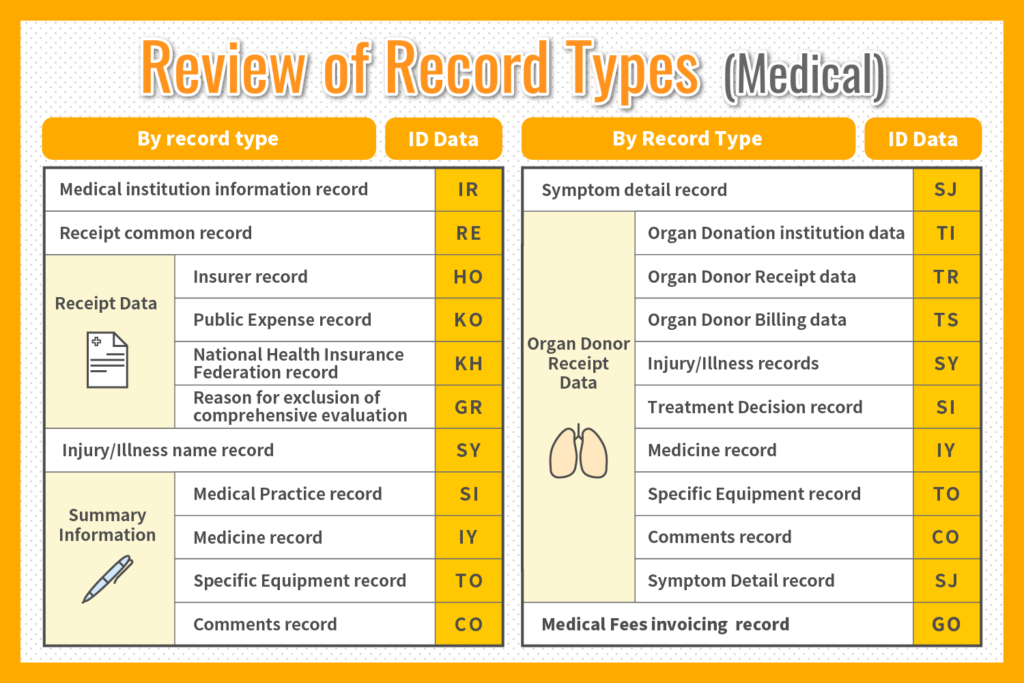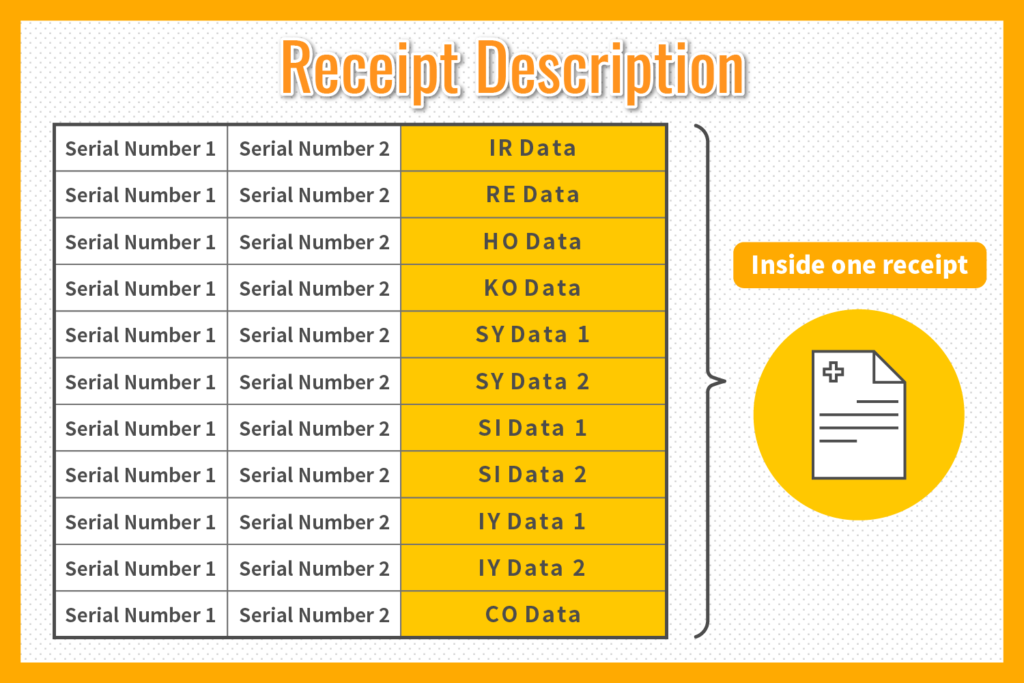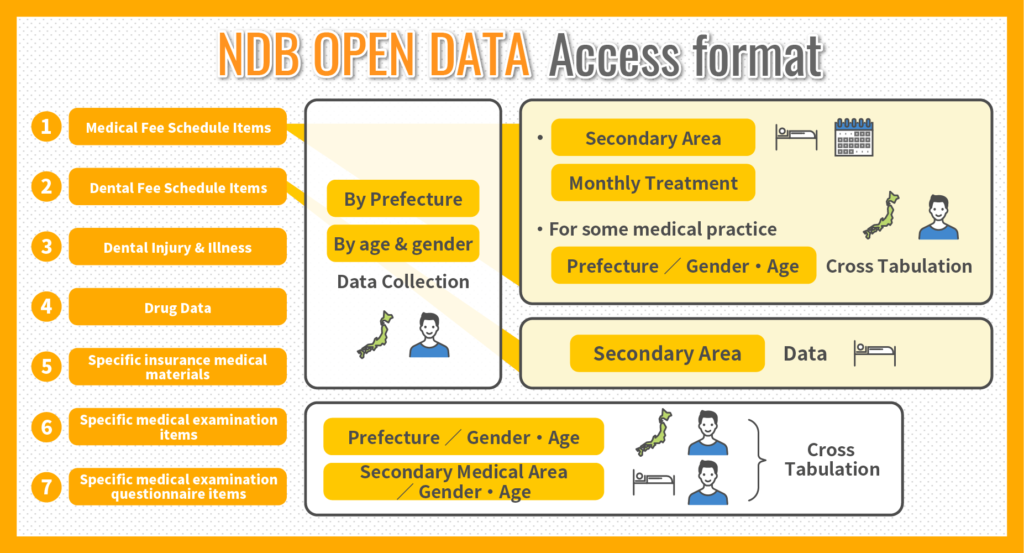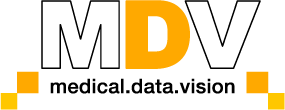About NDB Open Data; A full introduction to NDB System and Analytical methods (Medical Database)
Have you ever heard of NDB, National Database? That is the medical information database provided by the Ministry of Health, Labour and Welfare (MHLW)
“sound familiar but I am not too sure I know much about the purpose”
“How to use those data?” There are quite a lot of people feeling this way. For this audience in particular, MDV resolved to bring some illustration and explanation to improve the understanding and the merits of open data in the field of medical data analytics. The report is articulated around the following three key points:
- “NDB” “NDB OPEN DATA”: what are the main differences?
- The main features of the database system
- Information that can be acquired with open data and utilization / analysis methods
We will explain the esoteric NDB in an easy-to-understand manner using illustrations, so you will soon be able to understand and utilize it.
Contents
- What is NDB (= database for medical receipt, specific medical examinations, etc.)
- Main features of NDB database system
- NDB: What is open data? (= Public data for the general public)
- Items and formats published in NDB open data
- Side Panels; 3 examples of NDB applications
- It is recommended to use tools appropriate for complex medical data analysis.
What is NDB (= database for medical receipt, specific medical examinations, etc.)

Let’s start by introducing the meaning of the acronym NDB. It stands for National DataBase, and it is also referred to in Japanese as database for medical receipt information, specific medical examinations, etc. Roughly speaking, there are two main types of information stored in the database:
- Receipt issued by medical institutions to insurers (medical fee statement)
- Results of specific medical examination and specific health guidance
Both sets are useful to evaluate :
- Citizen’s consultation rate (insurance medical treatment)
- Trends in the incidence of lifestyle-related diseases
* Receipt information are collected since 2009
* Specific examination data are collected since 2008
Data is provided by the Ministry of Health, Labor and Welfare mainly for government agencies and researchers based on the “Act on Assurance of Medical Care for the Elderly”.
About Receipt
A “receipt” is a medical fee statement issued monthly by a medical institution that provided medical treatment in order to charge the insurer for medical fees (medical expenses) based on the medical fee schedule.
About Specific Examination
“Specific medical examination” is a medical examination focusing on metabolic syndrome for people aged 40 to 74 to prevent lifestyle-related diseases, which account for about 60% of the causes of death in Japan.
What is specific health guidance?
“Specific health guidance” is a specialized staff ( e.g. Health instructor ) who is assigned to those who have a high risk of developing lifestyle-related diseases and can expect a lot of preventive effects on lifestyle-related diseases by changing their lifestyle based on the Specific Medical Examination results. Instructors, nutritionist are among those specialists in charge of improving lifestyle for better health.
Main features of NDB database system

One of the characteristics of NDB’s database system is “comprehensiveness”.
NDB collects more than 95% of Japanese insurance claim information.
Although the receipts requested by paper media are not included in the database, this amount of information can be accumulated due to the acceleration of digitalization in recent years.
For specific information stored, the following data will be deleted to avoid any connection to specific individuals and to respect their privacy.
- Personal name
- “Day” of date of birth (keeping year and month information only)
- Medical institution name
Although such items have been deleted, IDs have been given to individuals, and it is possible to associate information by associating them with IDs.
Although it is not possible to specify the name of the medical institution, it is possible to confirm whether you used the “same” medical institution or the “different” medical institution, which helps to unify the information.
How to process NDB database system
The information processing method in NDB is original.
For example, the receipt data is stored separately for each “record identification information (= index that shows which category the information belongs to at a glance)”.
If “IR” identification information is given, the information is “medical institution-related”, and if it is “SY” identification information, it is related to “injury and illness name”.
By referring to the record identification information, you can efficiently search for the information in the category you want.


* Serial number 1 is within a single receipt, and serial number 2 is within all receipts, and is a number assigned to distinguish each information.In addition, an ID is assigned to each individual information so that the information can be treated as an “individual” as well as a “group”. As for this ID, the ID may change due to marriage or turnover, so by preparing two patterns, “ID1” created with the insured number etc. and “ID2” created with the name etc., on an individual basis We are making the handling of information more accurate.
NDB: What is open data? (= Public data for the general public)

There is “open data” in NDB.
This means “data that is open to the public among the aggregated results of NDB”.
Previously, information was not provided to the general public based on the policy that “NDB also contains personal information, so it is better not to disclose it as open data.”
However, there is a growing voice that “although it is personal information, it is acceptable to disclose the basic part as a result of aggregation”, and from 2016, data from a “typical and general perspective” should be widely released. We are currently at this point.
Consequently, the data gained a much broader users’ basis, and in various situations such as new businesses by companies dealing with statistical data analytics using Japanese medical big data.
* Click here for the NDB open data page on the Ministry of Health, Labor and Welfare website.
Two types of NDB open data (Data / Explanation)
Open data is roughly divided into “data edition” and “commentary edition”.
Each summary table is published in the data section, and in the commentary section, comparisons with the previous year and explanations on precautions based on such summary tables are described.
The targets of publication include the following.
- Medical out-of-hospital receipt
- Medical inpatient receipt
- Dispensing receipt
- Dental receipt
- Specific medical examination information
- DPC receipt
* DPC (Diagnosis Procedure Combination) is called “Comprehensive Evaluation System” in Japanese, and it is a calculation method that determines the daily medical expenses of the comprehensive medical care part according to the name of the disease and the content of the diagnosis.
Items and formats published in NDB open data

Here, I will explain “how NDB open data is published”.
Items published in NDB open data

The items published in NDB Open Data are broadly divided into four genres of “medical practice,” “dental injuries,” “drugs,” and “specific medical examinations,” subdivided into three sections for form a total of seven categories.
Medical practice
- Medical fee schedule items
Dental injury and illness
Drug
Specific medical examination
Publication format of NDB open data
The publication format of the seven sub-items is as follows:

“Prefecture” “Gender / Age range” are the main categories for data filing
- Medical fee schedule items
- Dental fee schedule items
- Dental injury and illness
- Drug data
- Specified insurance medical materials
In addition, the following is published for “1Medical fee schedule items”.
- Aggregation of “by secondary medical area” and “by medical treatment month”
- Cross tabulation of “By prefecture / Gender / Age” for some medical practices
For “2Dental fee schedule items”, the total of “By secondary medical area” is open to the public.
* “Secondary medical area” refers to the division of areas where general inpatient treatment including emergency medical care can be completed and is composed of multiple municipalities.
* “Cross tabulation” is a method of multiplying two or more questions and summarizing the data.
Items that are cross-tabulated by “prefecture / sex / age” and “secondary medical area / sex / age”
All schedules and graphs of representative items have been published
You can check all the schedules related to the publication format in “Data Edition”.
In addition, in the “Commentary”, typical items with a large number of calculations are graphed by prefecture, and a brief explanation is added to each.
* “Calculation count” is the number of actions specified in the medical fee schedule and the dispensing fee score table. For example, the basic hospitalization fee is once a day of hospitalization.
Side Panels; 3 examples of NDB applications

We would like to introduce real examples to illustrate how NDB data are effectively used.
1. Investigating the number of patients in a given disease per territory
With regard to medical receipt information, various items related to medical treatment can be aggregated, so it is possible to analyze, for example, “What is the disease with a large number of dental patients in a specific area?”
2. Examination of the treatment algorithm for each disease
By tracking specific cases in chronological order, it is possible to analyze, for example, “What kind of treatment was performed for each disease such as COPD (chronic obstructive pulmonary disease), heart failure, asthma, etc.”
3. Check the health status of the subjects in a specific medical examination
It is possible to study the health status of the subjects in a specific medical examination, and it is also possible to analyze it by linking it with the information of the medical receipt.
It is recommended to use tools appropriate for complex medical data analysis.
In the future, NDB is expected to be used as a statistical reference dealing with Japanese medical big data for people involved in health policy, researchers, and many other people who are interested in health care. However, dealing with such statistics requires a high degree of specialized knowledge and a great deal of effort.
Our Medical Data Vision provides (tools for massive streamlining of medical care database analysis) and (survey analysis of specific medical care data), and is used by many companies including the medical and pharmaceutical industries.
If you are considering using medical big data for your business, please feel free to contact us.
For More Information, Please Contact Us Here
About Japanese Healthcare System

What you need to know about the healthcare system in Japan before using the data.
SERVICE

In addition to various web tools that allow you to easily conduct surveys via a browser using our medical database, we offer data provision services categorized into four types to meet your needs and challenges: "Analysis reports" "Datasets," "All Therapeutic Areas Data Provision Service," and "Specific Therapeutic Areas Data Provision Service.

© Medical Data Vision Co., Ltd. All Rights Reserved.





